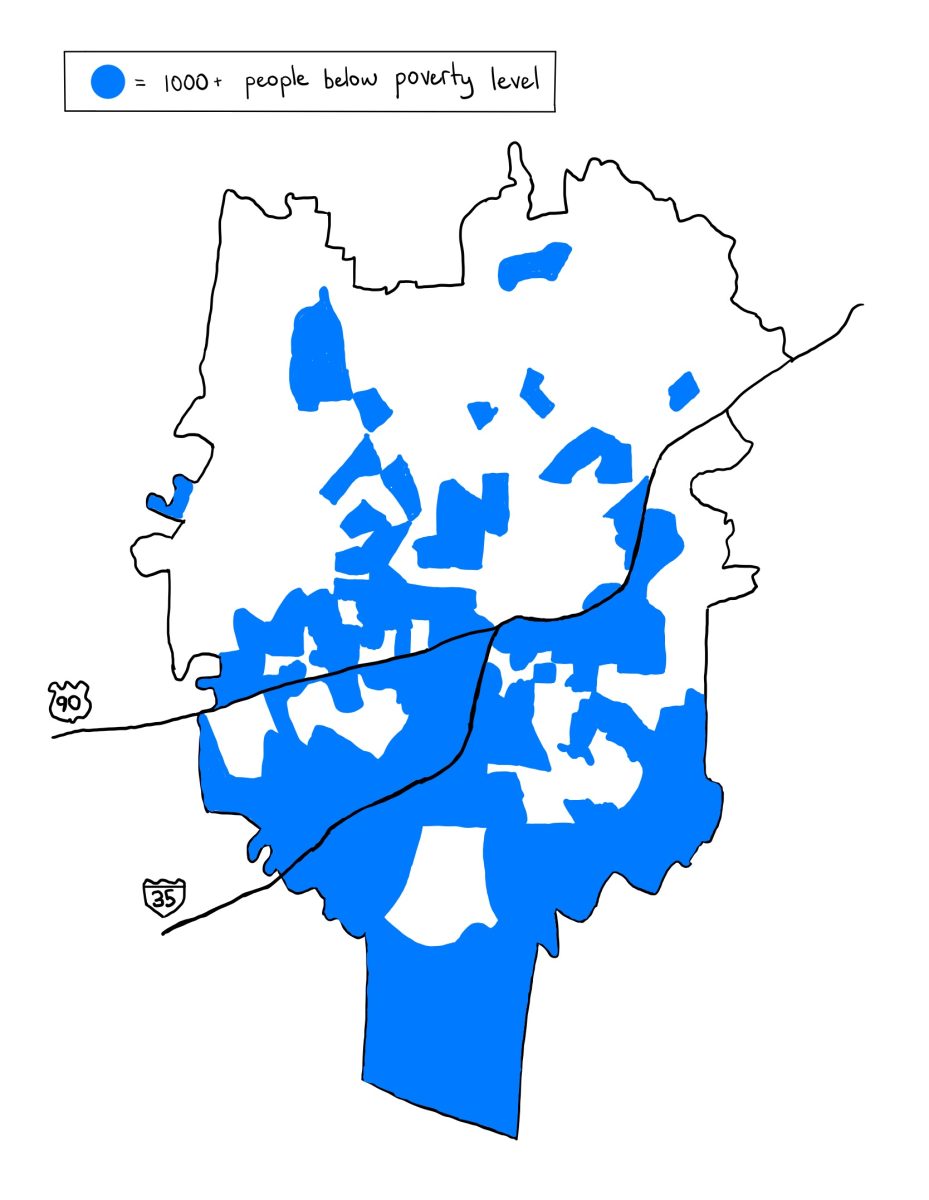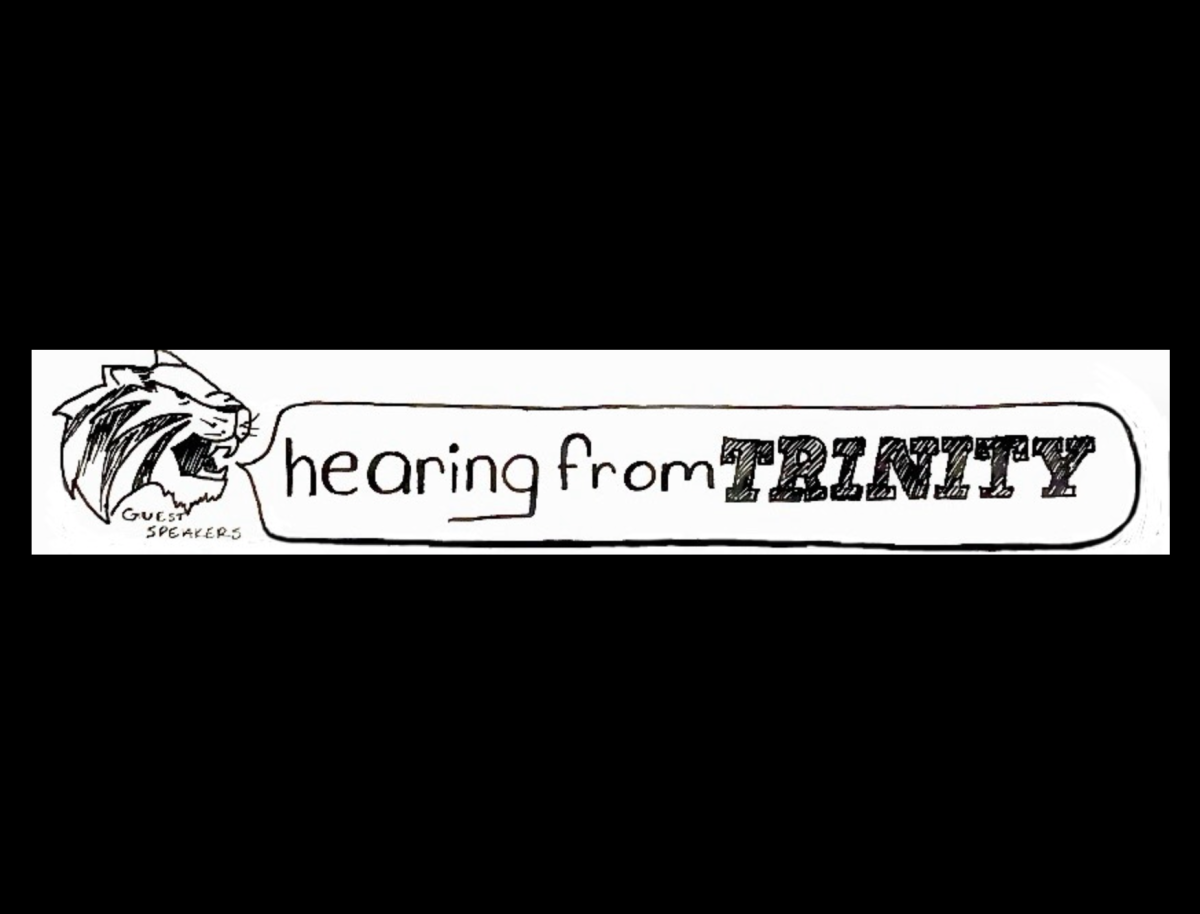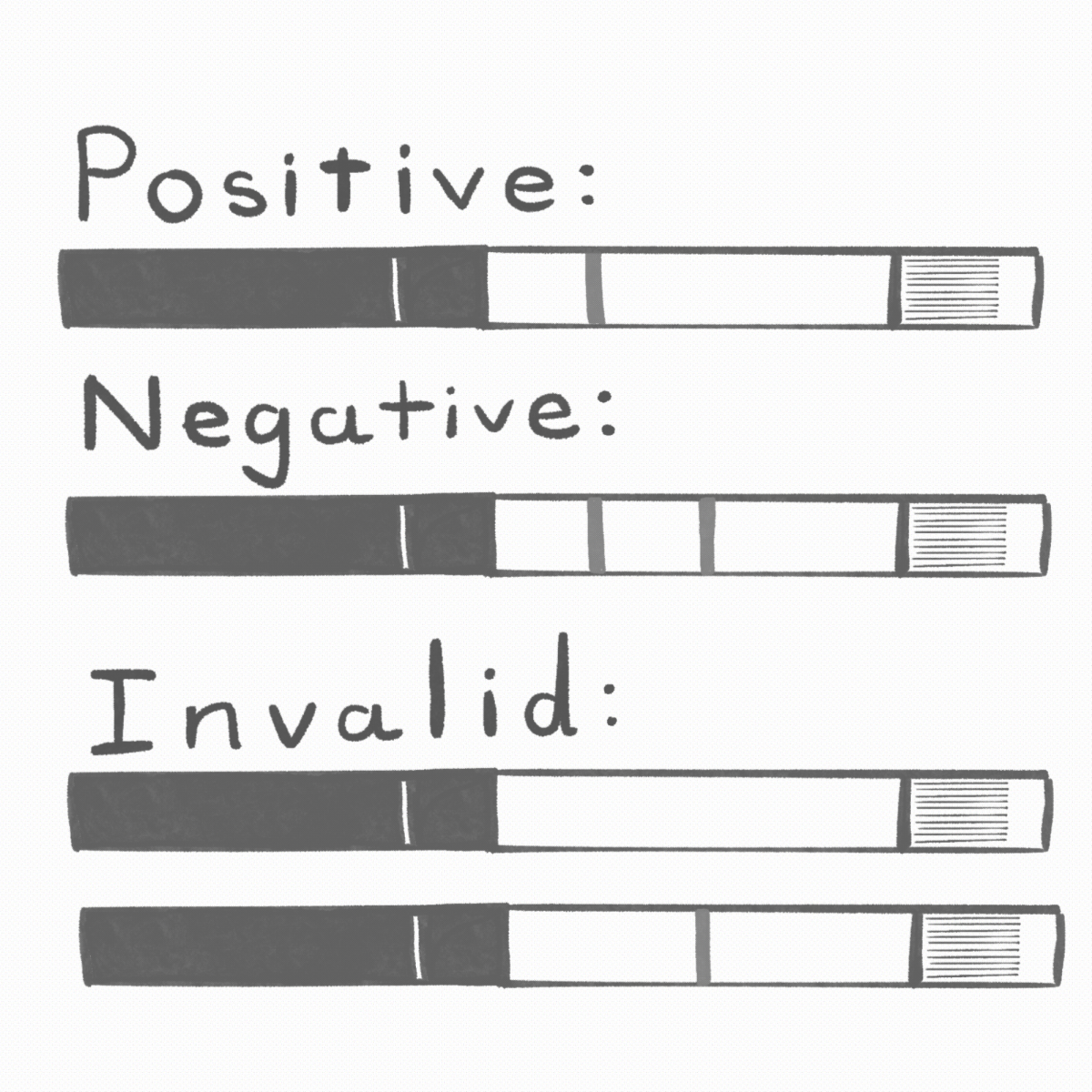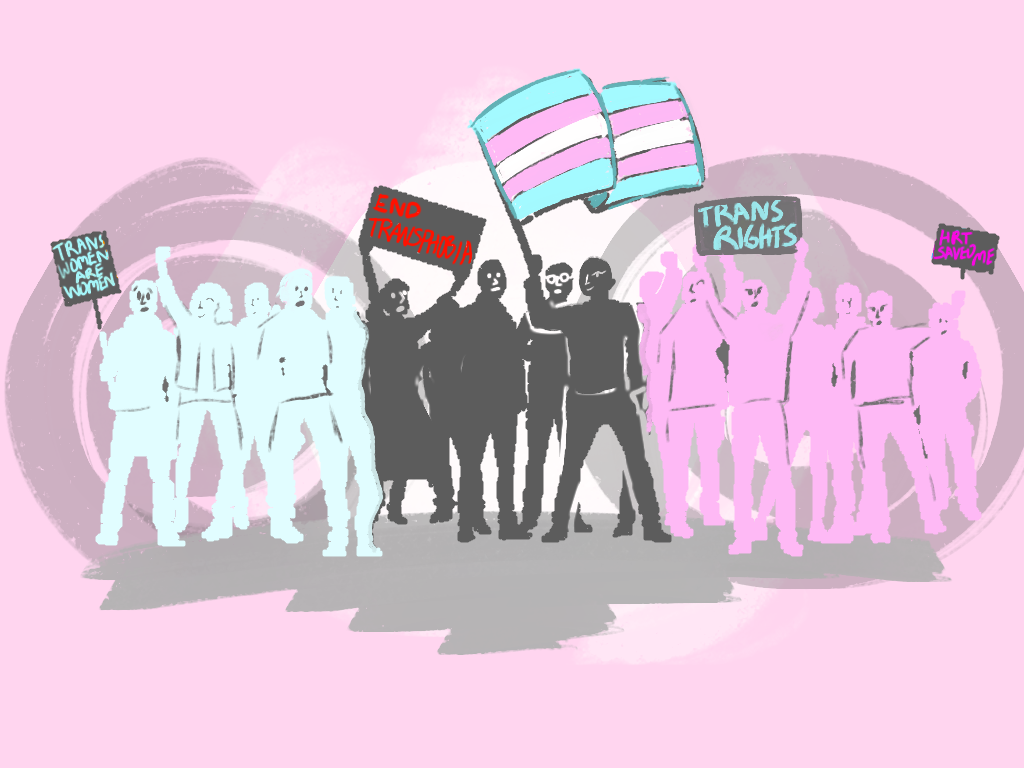We’ve all seen it. Driving through neighborhoods anywhere in the country, white-picket fence American dream houses are just one block away from homes that look worn-down and ready to be bought out by the next highest bidder. San Antonio is no exception, but in this city’s case the line between wealthy and impoverished is quite starkly Interstate 35 (I-35) and the adjacent Highway 90.
The City of San Antonio’s (COSA) annual Status of Poverty reports from 2019 to 2024 said that the concentration of poverty has been consistently higher in the southern half of the city (below the highway divide) than in the northern half. Unsurprisingly, educational attainment and diabetes rates follow a similar pattern, with inhabitants of Southern San Antonio facing higher rates of disease and lower educational achievement. While this coincides with the placement of downtown, with those north of the city center on average more fortunate than those to the south of it, there are more factors at play. Namely, infrastructure such as roads and bus lines.
Squinting at maps of the city, I noticed that I-35 and Highway 90 cut right through the center. Further, underpasses are few and far between making it difficult to cross the highway on foot or by bike. Those without cars to drive from one side to another are limited in the resources and opportunities they have access to. While public transportation may seem like a clear fix to this problem, VIA bus stops are poorly placed throughout COSA.
San Antonians who are dependent on the bus line for transportation have plenty of complaints on how few bus stops there are outside of the downtown area. Those who live far from the city center and rely on buses to get to their jobs may face commutes that are hours long and overly complicated. While this problem goes beyond transportation across major highways, I would bet my life savings that the huge poverty divide between North and South San Antonio would become less prevalent if there was an easier way to navigate across the city.
COSA is doing very little to solve this problem, with 7.8% of 2019 investments in transportation going towards improving the VIA Transit system. While there are plans in the works for a major upgrade, proposed new lines hardly address the problem of convenience for riders. Until more underpasses are built and bus lines are significantly improved, San Antonians without personal vehicles have no good way to cross the physical barrier of highways dividing the city.
It’s not like COSA is investing in bettering healthcare and education either, with investments in both those sectors totaling $177.5 million as compared to $110 million going towards street maintenance alone. San Antonio is spending more on filling in potholes than reducing poverty in underserved areas. This creates a double-whammy nightmare of inadequate access to resources where they’re needed the most and no good way to physically reach the ones that are available.
While bridging the divide between the impoverished and wealthy isn’t as simple as making it easier to cross highways, alleviating the physical barrier between the rich and poor would certainly help. Making public transport more accessible and building in ways to cross major roads and highways on foot or on bike would make it exponentially easier for San Antonians living below the poverty line to physically get to places with more opportunities. Investing more in education and healthcare, especially in underserved areas, would make the need to travel leaps and bounds away from home to access opportunities obsolete.
Let this be a message to policymakers in our city: Do better to correct the economic segregation of San Antonio.







